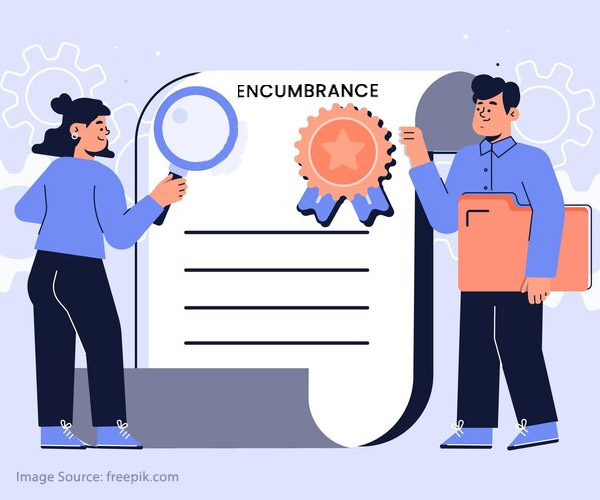The Ultimate Guide to Understanding an Encumbrance Certificate
- 5th Feb 2023
- 2180
- 0

Never miss any update
Join our WhatsApp Channel
Encumbrance Certificate: The Ultimate Guide
An encumbrance certificate is a critical document and every homebuyer should know about and get an Encumbrance Certificate (EC) before or while purchasing a property. The ultimate guide to an encumbrance certificate helps you understand more.
Definition of an Encumbrance Certificate?
Encumbrances are charges on assets, usually real estate. Encumbrance Certificates (ECs) guarantee that a property is not encumbered by a mortgage or other debt. A homebuyer needs an EC to achieve legal title and qualify for most bank and financial institution loans for or against the property.
An Encumbrance Certificate shows a buyer or lender that a property has no legal or financial liabilities, such as outstanding debts. It helps lenders determine whether an applicant qualifies for a house loan or real estate-secured loan.
Encumbrance Certificate—Why is it important?

Parag Bodhin, a real estate agent, recommends doing your research before buying a property to avoid surprises. To prevent fraud and protect legal rights, he advises homebuyers to get encumbrance certifications.
The Function of an Encumbrance Certificate in real estate:
Forms 15 or 16 are used to create the certificate.
Newly constructed properties are unlikely to have a transaction history, so an EC will be issued on Form 16 as a Nil Encumbrance Certificate (NEC).
For properties with a history of mortgages, loans, sales, and transfers, a Form 15 EC will be generated.
Anyone seeking assurance about a property's clear title can obtain EC from the sub-registrar's office where the property is registered.
How to Get an Encumbrance Certificate?

The EC for a property is available at the sub-office registrar's where the property was registered in order to determine the transactions involving the particular concerned property.
Meanwhile these are the general steps to be taken to avail an Encumbrance Certificate:
• Apply for an EC at the registration office with an attested copy of proof address, property information, title information, and the fee.
• The officer will check the Indexes for information.
• If no transactions have occurred, a Nil Encumbrance Certificate (NEC) is issued.
• The certificate arrives 15–30 days after application.
• State Registrations Act annexures provide application and certificate formats. Form 22 is used for applications, Form 15 for ECs, and Form 16 for NECs.
What is included inside an Encumbrance Certificate?
1. All Registrar-recorded transactions pertaining to the property will be reviewed, and the EC will be updated with the relevant information.
2. The Certificate often applies to a certain time, and only transactions pertaining to that period will be examined.
3. Another crucial factor is that the EC will only represent transactions and papers that have been registered with the office.
4. Certain papers, such as testamentary documents and short-term lease deeds, are not required by law to be registered and are consequently excluded from the scope of transactions recorded at the office of the sub-registrar.

 Admin
Admin

Comments
No comments yet.
Add Your Comment
Thank you, for commenting !!
Your comment is under moderation...
Keep reading blogs